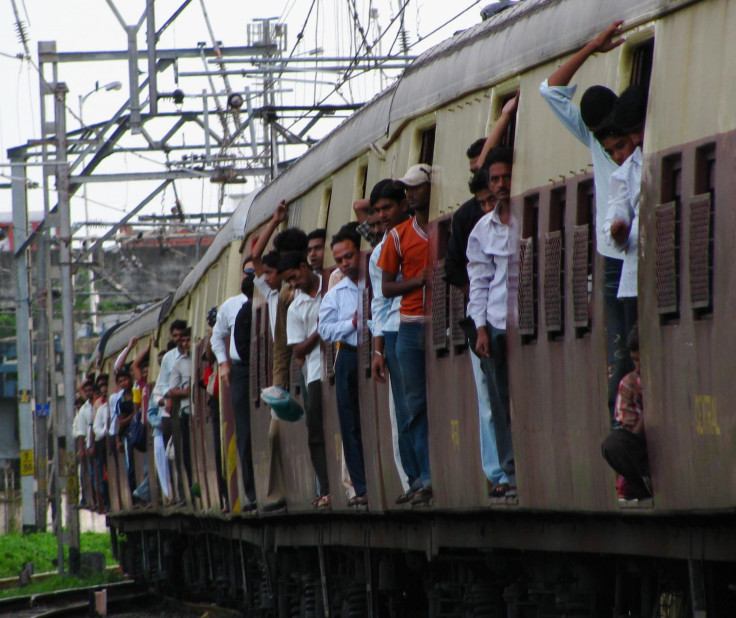India To Revamp Colonial Era Train Networks, Courting Foreign Investment

India’s new prime minister, Narendra Modi, plans to overhaul the country’s massive state-run railway system. Originally built when India was under British colonial rule, the train system is one of the largest in the world, and it serves roughly 25 million passengers every day -- but it needs some help as inefficiency, low investment and fare subsidies have slowed its expansion and maintenance.
Government officials are working on a revival plan they hope will help boost economic growth. A committee on railway safety found that the current administrative body that oversees the railways isn’t modern or dynamic enough to meet the needs of a modern rail network.
“The Railway is in [the] ICU,” an official told the Times of India. "It needs major surgery."
On June 25, India increased rail passenger fares by 14.2 percent and freight fares by 6.5 percent as Prime Minister Modi doled out his first dose of “bitter medicine” to revive the economy.
“To meet all the necessary expenditure, I was forced to implement the order,” Railway Minister Sadananda Gowda told reporters after he made the announcement, according to Reuters.
While it may be the biggest rail network worldwide, it’s also one of the cheapest. For instance, it costs just 520 rupees ($8.65) to travel more than 860 miles from Kolkata to Delhi on an overnight sleeper train.
India's Railway Network
Earlier this year, India’s new train minister, Nirmala Sitharaman, said the administration is looking to attract foreign investment for public sector projects related to railways, defense and construction.
“We are not against FDI [foreign direct investment],” she told the Wall Street Journal. “Our position is that we will look [at each sector.]”
© Copyright IBTimes 2024. All rights reserved.





















